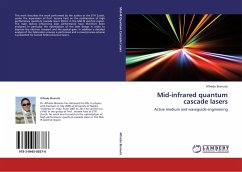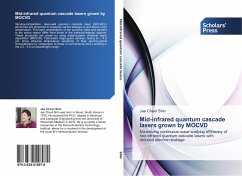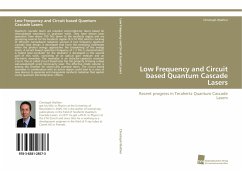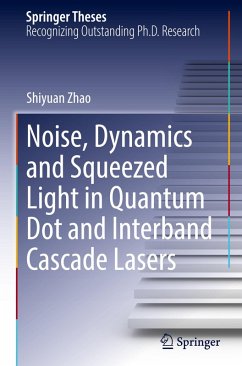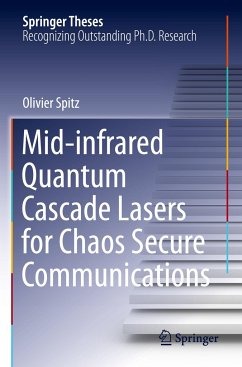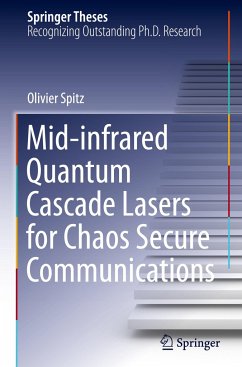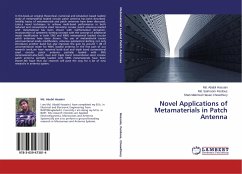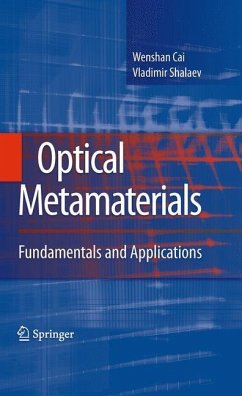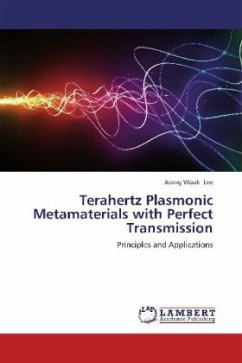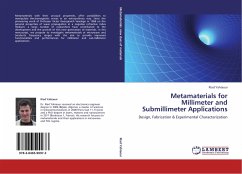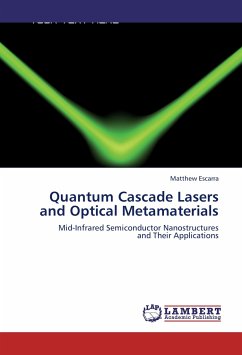
Quantum Cascade Lasers and Optical Metamaterials
Mid-Infrared Semiconductor Nanostructures and Their Applications
Versandkostenfrei!
Versandfertig in 6-10 Tagen
52,99 €
inkl. MwSt.

PAYBACK Punkte
26 °P sammeln!
Quantum cascade (QC) lasers have application in areas such as medical diagnostics and homeland security. Optical metamaterials have novel interactions with light and potential application for sub-wavelength imaging and optical cloaking. This work first explores new approaches to designing QC lasers. High performance QC lasers are described with a voltage defect of only 19 meV, resulting in record voltage efficiency. Lasers with ultra-strong coupling attain 50% wall-plug efficiency. The thermoelectric effect is measured for the first time within QC lasers, informing further performance enhancem...
Quantum cascade (QC) lasers have application in areas such as medical diagnostics and homeland security. Optical metamaterials have novel interactions with light and potential application for sub-wavelength imaging and optical cloaking. This work first explores new approaches to designing QC lasers. High performance QC lasers are described with a voltage defect of only 19 meV, resulting in record voltage efficiency. Lasers with ultra-strong coupling attain 50% wall-plug efficiency. The thermoelectric effect is measured for the first time within QC lasers, informing further performance enhancements. This work then describes two efforts to improve mid-IR metamaterials. Negative refraction bandwidth and dispersion properties are improved through the use of multiple-metamaterial stacks. QC gain regions are added to these metamaterials to reduce their absorption loss. Finally, QC lasers are developed for trace gas sensing of CO2 isotopes, and a techno-economic model is used to value improved CO2 isotope-based sequestration leakage monitoring. QC laser applications in non-invasive tissue measurements, inter-planetary sensors, C60 spectroscopy, and IR countermeasures are also examined.



